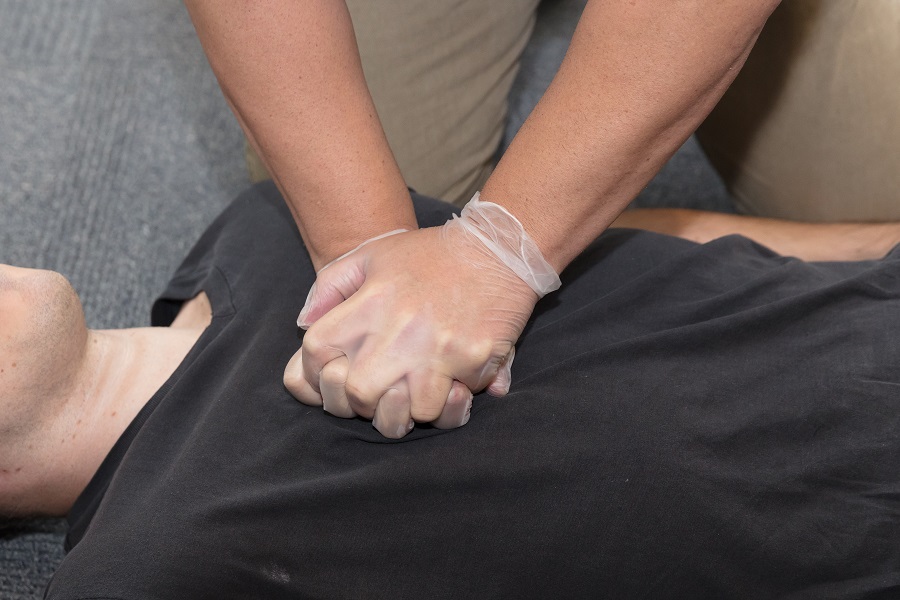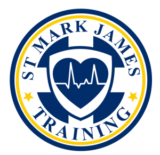During emergencies, timely action and delivery of life-saving measures can save lives. The life of Joanne Hildebrandt was saved by two lawyers when her heart stopped. David Piche was on the way to work when he saw a 47-year old woman lying in a snowbank in front of the Saskatoon Tower apartment building.
Helping hand
He initially believed that the woman was having a seizure. He called for emergency assistance and turned her on the side in case she vomits. While on the line with the operator, another lawyer, Scott Bell drove by and asked if assistance is necessary. Bell was the one who performed CPR since he had training in his workplace last year until the arrival of the paramedics.
Once the emergency responders arrived, Hildebrandt received shocks from a defibrillator and transported to a healthcare facility. She had to undergo a procedure in which a stent was applied and was put into a coma to protect her brain. After 4 days, she woke up and soon discharged.

The good part about a heart that stops entirely is that it is not damaged, but it only restarts in 1-3% of cases. Hildebrandt was lucky that her heartbeat was successfully restored.
The warning signs include intensely sore shoulders and headaches. She did not have the usual risks of high cholesterol or blood pressure. In addition, she does not smoke and not overweight. The blockage of an artery might be due to long-term stress but there is a family history of heart conditions.
Be ready to save a life by enrolling in a first aid course
Prompt delivery of cardiopulmonary resuscitation (CPR) and using an automated external defibrillator (AED) can save a life. If you want to be prepared during emergencies, it is recommended to enroll in a first aid course today.
For more information about this story, click here.
LEARN MORE
Learn how to be ready for emergencies by enrolling in our first aid and CPR courses. Our courses maintain social distancing measures with reduced class sizes to maintain the minimum 2 meters apart along with the mandatory use of face masks and regular temperature checks. The venue of the courses undergoes regular, enhanced cleaning, and disinfection routines.
For more information, check out these sources:
https://en.wikipedia.org/wiki/Cardiopulmonary_resuscitation
https://www.webmd.com/heart-disease/qa/what-is-cardiopulmonary-resuscitationcpr
https://en.wikipedia.org/wiki/Automated_external_defibrillator
